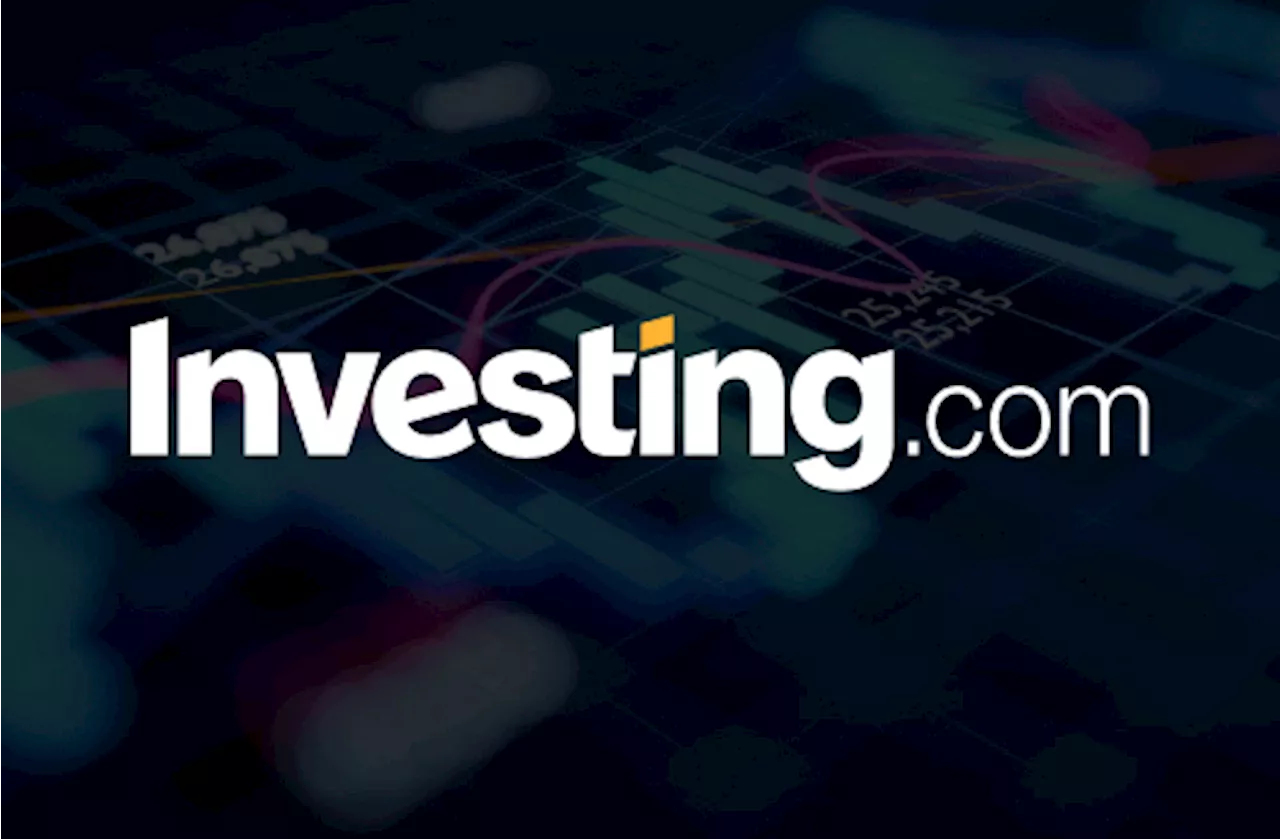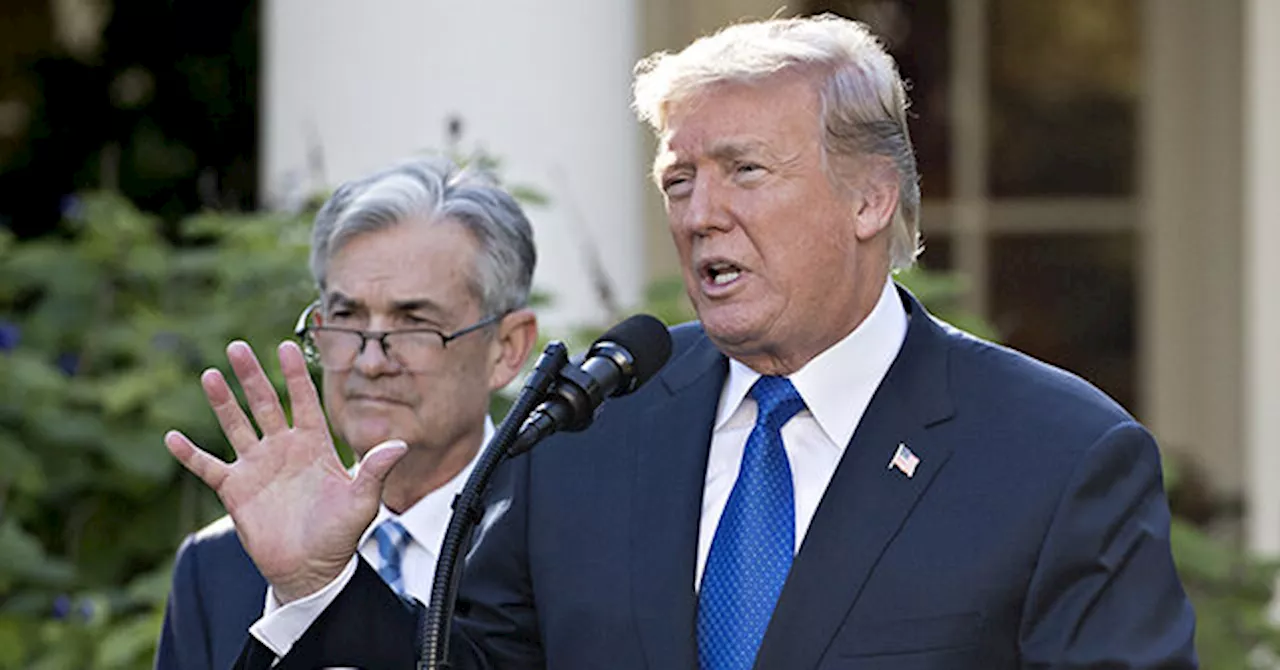Despite soaring business confidence following the recent election, several factors suggest economic recovery might be slower than anticipated. This article explores the disconnect between business optimism and underlying economic data, highlighting potential risks and opportunities for investors.
We suspect the next iteration of the NFIB index will be a catchup move fueled by an explosion of business owners' confidence. This should increase capital expenditures (CapEx) spending, employment, and wage growth . Unsurprisingly, since the election, the NFIB confidence index has surged from some of the lowest readings on record for the past four years to some of the highest.
However, it is not just the improvement of small business owners' confidence; CEOs of large companies are also becoming much more optimistic. As shown, and unsurprisingly, there is a correlation between the improvement or decline in CEO confidence and the annual rate of change in the financial markets. The improvement in optimism is unsurprising given the many anti-business policies and regulations implemented by the former administration. With many of the previous regulatory hurdles either being immediately repealed or promised to be, business owners are feeling more confident about the future. \While sentiment is important to business decision-making, economic outcomes can easily reverse it. In other words, optimism must be supported by improving economic activity. For example, small business owners are very excited about the economy's prospects under the new administration. However, if demand for their products, goods, and services does not improve, there is no reason to increase employment. The chart below shows the current readings of expected employment increases over the next three months compared to hires over the previous three months. Notice the gap between expectations and reality. The actual demand for goods and services for small and mid-sized businesses failed to appear. The next chart explains the conundrum between expected sales over the next quarter and actual sales from the previous quarter. While business owners are very excited about sales prospects following the inauguration, that sentiment will quickly reverse if actual sales do not increase markedly. Furthermore, while it is hoped that employment will rise, the need for employment will depend heavily on the magnitude of the demand for the products or services sold. The same holds for capital investment in the economy. Capital expenditures, or CapEx, are also an important driver for overall economic growth, employment, and wage increases. Private investment is part of the overall GDP calculation and correlates closely to the economy’s ebbs and flows. The recent NFIB survey shows that expectations for CapEX have surged to some of the highest levels on record. However, if the underlying economic growth does not rise to support those expectations, which will come from increased sales and employment needs, the plans for capital expenditures will reverse. In other words, if the consumer fails to provide the underlying demand for goods and services, all business owners’ plans are quickly shelved. \While there has been an increase in consumer confidence following the inauguration, it is not nearly as optimistic as the plans by business owners. Notably, PCE has been stable over the last two years and in line with historical norms. In other words, without a strong increase in employment and wages, PCE will unlikely grow substantially enough to support more exuberant expectations. Another potential red flag is that there are some indicators pointing towards a slowdown in consumer demand. Firstly, retail sales growth has been decelerating. Periods of slowing retail sales growth generally only occur before recessionary onsets, suggesting that consumer demand is slowing. Secondly, full-time employment is crucial to the consumer demand cycle. Full-time employment provides sufficient wages to support a household and increases demand for goods and services. Unfortunately, full-time employment has declined in recent months, suggesting less economic demand. The chart below shows full-time employment as a percentage of the working-age population. Notably, while business owners are very optimistic about the future following the inauguration, full-time employment has peaked and is declining. Historically, such has only occurred before recessionary onsets, but notably, that decline should not be occurring in a strong economy. Third, wage growth is unlikely to increase substantially if full-time employment declines. Increasing economic demand will be more difficult without wage growth and full-time employment. Crucially, the decline in wage growth only exacerbates the fact wages have failed to keep up with inflation. Such will only increase the drag on economic performance, as consumers cannot increase demand substantially. Certainly, I am not saying that these trends can not reverse sharply higher; they could. However, such a reverse would require a rapid decline in inflationary pressures, a drop in interest rates, and a surge in consumer demand from rising wages and employment. \There are several things that investors can do today to navigate a rapidly changing economic backdrop under a new Administration.: A rising stock market driven by speculation rather than strong corporate earnings or economic growth may be vulnerable to corrections
NFIB Index Business Confidence Capital Expenditures Employment Wage Growth Consumer Demand Inflation Recession Investment Strategy
United States Latest News, United States Headlines
Similar News:You can also read news stories similar to this one that we have collected from other news sources.
 Business Optimism Lags Behind Economic RealityThis article examines the disconnect between soaring business confidence and the actual economic performance following a new administration. It highlights the importance of consumer demand and full-time employment for driving economic growth, noting concerning trends in these areas.
Business Optimism Lags Behind Economic RealityThis article examines the disconnect between soaring business confidence and the actual economic performance following a new administration. It highlights the importance of consumer demand and full-time employment for driving economic growth, noting concerning trends in these areas.
Read more »
 Small Business Optimism Soars on Trump's Return and Anticipated Economic StabilityThe return of Donald Trump to the political landscape has fueled a surge in optimism among small business owners, driven by expectations of continued tax cuts and a less stringent regulatory environment. The NFIB Small Business Optimism Index has reached record highs, indicating a significant boost in confidence and a positive outlook for the future.
Small Business Optimism Soars on Trump's Return and Anticipated Economic StabilityThe return of Donald Trump to the political landscape has fueled a surge in optimism among small business owners, driven by expectations of continued tax cuts and a less stringent regulatory environment. The NFIB Small Business Optimism Index has reached record highs, indicating a significant boost in confidence and a positive outlook for the future.
Read more »
 Small Business Optimism Soars Amidst Political Shift and Economic RecoveryThe NFIB Small Business Optimism Index surges to a two-month high, indicating a renewed confidence among small business owners following the 2022 midterm elections. Factors contributing to this optimism include the anticipated continuation of the 2017 tax cuts and a perceived reduction in regulatory burdens. The report also reveals a decrease in uncertainty among small business owners and an increase in those planning to expand their businesses and create new jobs.
Small Business Optimism Soars Amidst Political Shift and Economic RecoveryThe NFIB Small Business Optimism Index surges to a two-month high, indicating a renewed confidence among small business owners following the 2022 midterm elections. Factors contributing to this optimism include the anticipated continuation of the 2017 tax cuts and a perceived reduction in regulatory burdens. The report also reveals a decrease in uncertainty among small business owners and an increase in those planning to expand their businesses and create new jobs.
Read more »
 Breitbart Business Digest: Trump Inspired Business Optimism Will Put the Fed on HoldSource of breaking news and analysis, insightful commentary and original reporting, curated and written specifically for the new generation of independent and conservative thinkers.
Breitbart Business Digest: Trump Inspired Business Optimism Will Put the Fed on HoldSource of breaking news and analysis, insightful commentary and original reporting, curated and written specifically for the new generation of independent and conservative thinkers.
Read more »
 Mixed Economic Outlook for 2025: Optimism Meets UncertaintyAmericans anticipate a year of economic growth and job creation in 2025, but remain cautious due to lingering uncertainty and political anxieties. While surveys suggest positive trends in the stock market and inflation, concerns about job security and economic vulnerability persist.
Mixed Economic Outlook for 2025: Optimism Meets UncertaintyAmericans anticipate a year of economic growth and job creation in 2025, but remain cautious due to lingering uncertainty and political anxieties. While surveys suggest positive trends in the stock market and inflation, concerns about job security and economic vulnerability persist.
Read more »
 NZD/USD Rises on Optimism for China's Economic RecoveryThe New Zealand Dollar (NZD) strengthened against the US Dollar (USD), pushing NZD/USD to its highest point in two days. Traders are reacting positively to signs of China's economic recovery, fueled by President Xi Jinping's announcement of more proactive policies to stimulate growth in 2025.
NZD/USD Rises on Optimism for China's Economic RecoveryThe New Zealand Dollar (NZD) strengthened against the US Dollar (USD), pushing NZD/USD to its highest point in two days. Traders are reacting positively to signs of China's economic recovery, fueled by President Xi Jinping's announcement of more proactive policies to stimulate growth in 2025.
Read more »
